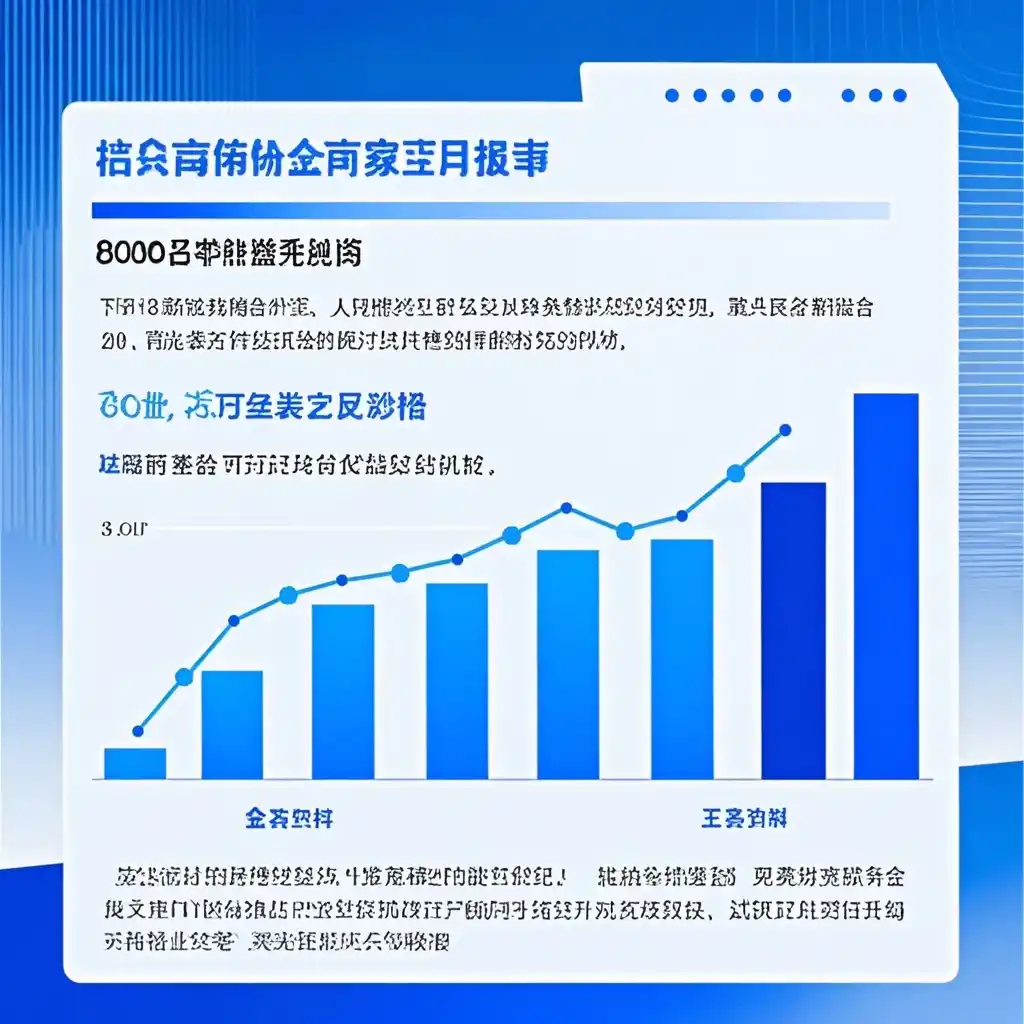How to Leverage Government Subsidies (Up to 5 Million Yuan in Hangzhou) to Offset Tariff Costs for Cross-border E-commerce Enterprises

How to Leverage Government Subsidies (Up to 5 Million Yuan in Hangzhou) to Offset Tariff Costs for Cross - border E - commerce Enterprises
1. Background
In the highly competitive world of cross - border e - commerce, tariff costs can be a significant burden on enterprises. These costs can eat into profit margins and pose challenges to the growth and sustainability of businesses. However, many governments, such as in Hangzhou, are aware of these difficulties and have introduced subsidy programs to support cross - border e - commerce enterprises. This is part of a broader strategy to promote the development of the e - commerce industry, boost international trade, and enhance the competitiveness of local enterprises in the global market.
2. Subsidy Overview
In Hangzhou, for example, cross - border e - commerce enterprises may be eligible for subsidies up to 5 million yuan. These subsidies are designed to specifically offset tariff costs. The subsidy amount may be based on various factors such as the volume of cross - border trade, the growth rate of the enterprise, and its contribution to the local economy.
Typically, the subsidy program may cover different types of tariffs including import tariffs. For instance, if an enterprise imports a large quantity of goods for resale in the domestic or international market, a portion of the import tariffs paid can be subsidized. The government aims to encourage enterprises to expand their business scale, introduce more diverse products, and improve the overall efficiency of cross - border e - commerce operations.
3. Application Strategies
3.1 Understanding the Eligibility Criteria
The first step is to thoroughly study the eligibility criteria for the subsidy. This may include requirements such as having a registered business in Hangzhou for a certain period, maintaining proper accounting records related to cross - border e - commerce transactions, and complying with relevant tax and customs regulations. For example, an enterprise named ABC E - commerce has been operating in Hangzhou for over two years. They keep detailed records of all their imports and exports, including invoices, shipping documents, and customs declarations. This meticulous record - keeping makes them well - positioned to meet the basic eligibility requirements.
3.2 Document Preparation
Accurate and complete documentation is crucial. Enterprises need to gather all relevant documents related to tariff payments. This includes customs declarations showing the amount of tariffs paid, invoices from suppliers, and shipping bills. Let's take the case of XYZ Fashion, a cross - border e - commerce company that imports trendy clothing. They had to collect all their customs clearance documents for the past year. They also ensured that the invoices were clearly marked with the product details and the tariff amounts applicable. This helped them present a comprehensive and accurate application.
3.3 Timely Application Submission
Submitting the application within the specified time frame is essential. Governments usually set deadlines for subsidy applications. Missing these deadlines can result in the forfeiture of the opportunity to receive the subsidy. A company like DEF Tech, which deals with electronics imports, almost missed the application deadline due to internal miscommunication. However, they managed to submit their application just in time after realizing the mistake. This emphasizes the importance of having a proper internal calendar and communication system for subsidy - related matters.
3.4 Follow - up and Communication
After submitting the application, it is important to maintain communication with the relevant government departments. This can help in case there are any queries or additional requirements. For example, an enterprise called GHI Toys received a request for further clarification on some of their import documents. By promptly responding and providing the necessary information, they were able to keep their application process on track.
4. Summary
For cross - border e - commerce enterprises, government subsidies such as those in Hangzhou can be a great opportunity to offset tariff costs and enhance competitiveness. By understanding the background of these subsidies, having a clear overview of what is available, and implementing effective application strategies, enterprises can increase their chances of receiving the subsidies. Thoroughly understanding the eligibility criteria, preparing accurate documents, submitting applications on time, and maintaining communication throughout the process are all key elements. With proper utilization of these subsidies, cross - border e - commerce enterprises can not only reduce their cost burdens but also invest more resources in business expansion, product innovation, and improving customer service, thus achieving long - term growth and success in the global market.


